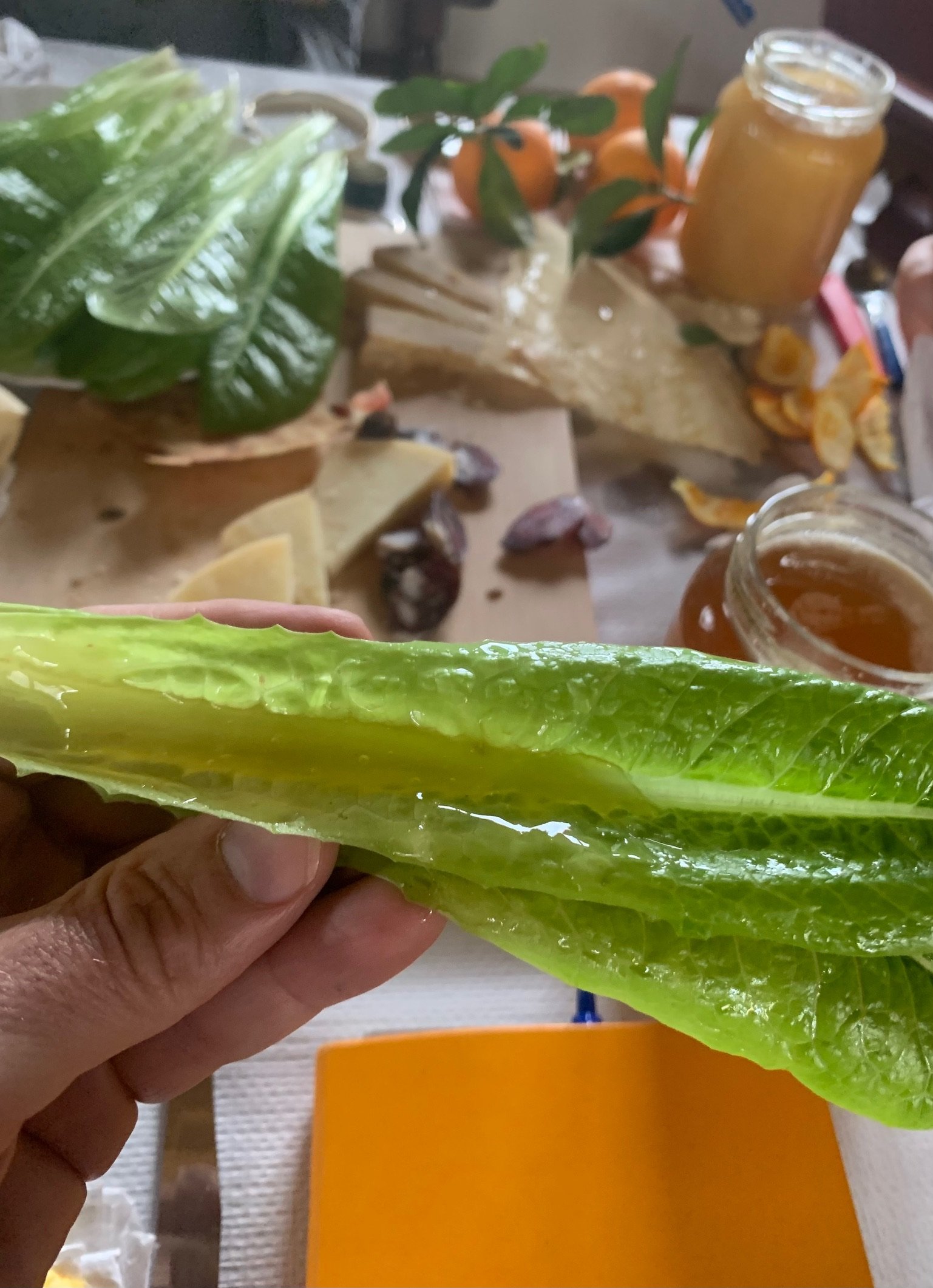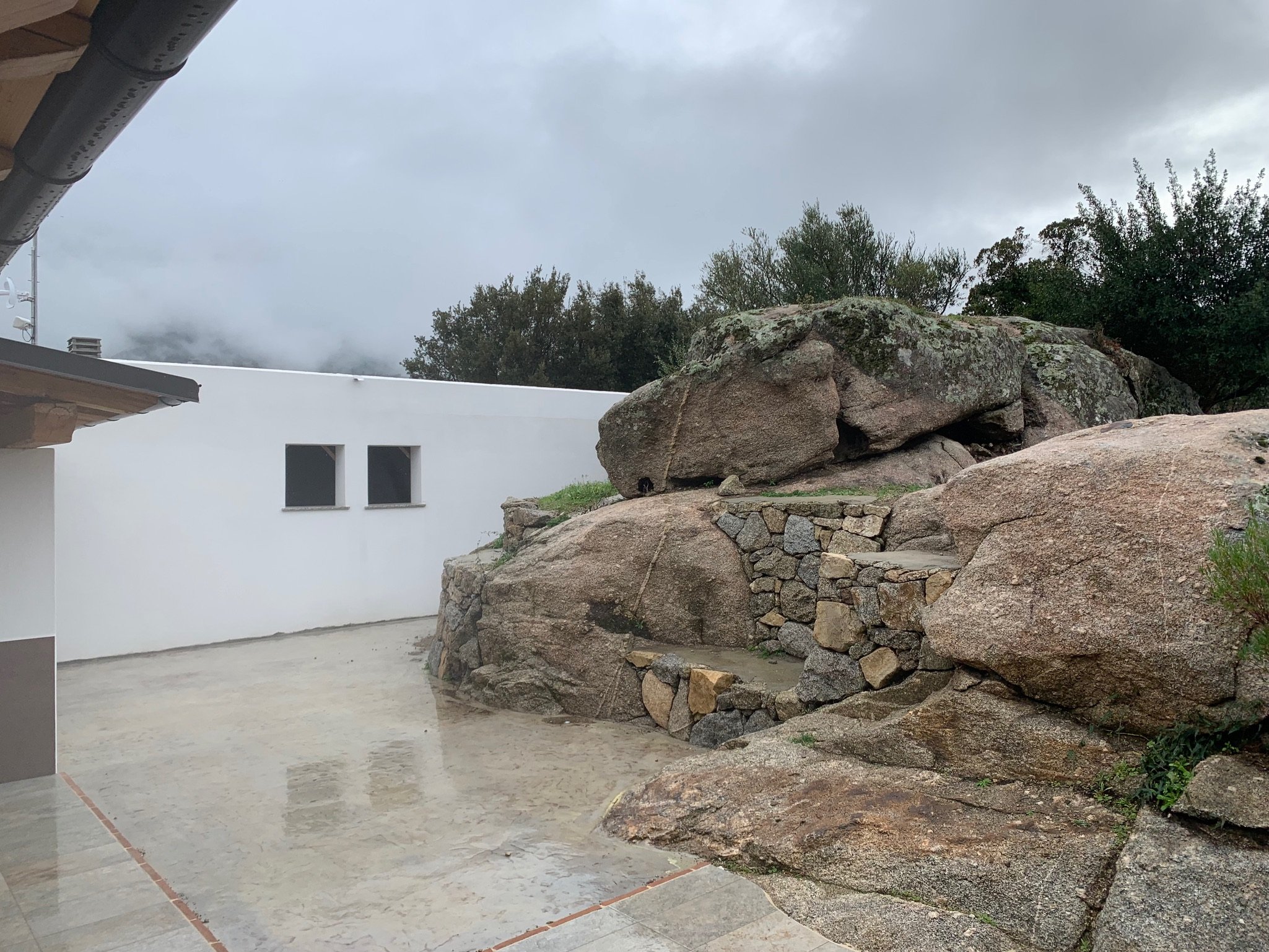














cantina ORGOSA
Who: Giuseppe "Peppino" Musina
Where: Nuoro, Sardinia
What grapes: Cannonau, Granatza, Carignano, Sangue di Cristo
How many bottles: 10,000
Key fact: Giuseppe "Peppino" Musina farms three hectares of grapes, olives, and vegetables in his homeland: beautiful, mountainous, remote central Sardinia.
Website:
Instagram: https://www.instagram.com/cantinaorgosa?igsh=ejIydXV2dmd5ZXcz
Cantina Orgosa “Bianco do Orgosa” Vino Bianco
Viticulture: biodynamic farming methods but uncertified. Plants legumes and grains between rows, uses no chemical fertilizers
Soil type: sand/granite
Elevation: 400-600m
Grapes: Granatza
Method of fermentation: Ferments/macerates with the skins for four days. Spontaneous yeast fermentation at room temperature. Unfined, unfiltered, unclarified. Matured in stainless steel.
Bottles made: 9,000 total for the farm
Tasting notes: The wine is very fine, round, absent any funky/yeasty notes.
Cantina Orgosa “Nero di Orgosa” Vino Rosso
Viticulture: biodynamic farming methods but uncertified. Plants legumes and grains between rows, uses no chemical fertilizers
Soil type: sand/granite
Elevation: 400-600m
Grapes: 80% Cannonau, plus Carignano and Sangue di Cristo
Method of fermentation: Spontaneous yeast fermentation at room temperature that takes approximately 10 days. Unfined, unfiltered, unclarified. Matured in stainless steel.
Bottles made: 9,000 total for the farm
Tasting notes: The wine is darker, fuller, yet the fruit is still very pure.
Cantina Orogosa Cannonau di Sardegna
Viticulture: biodynamic farming methods but uncertified. Plants legumes and grains between rows, uses no chemical fertilizers
Soil type: sand/granite
Elevation: 400-600m
Grapes: Cannonau
Method of fermentation: Spontaneous yeast fermentation at room temperature for 10 days. Unfined, unfiltered, unclarified. Matured in stainless steel for eight months and then bottled.
Bottles made: 9,000 total for the farm
Tasting notes: Fresh berry aromas, and a hint of balsamic. Good, ripe fruit, with a clean finish.
Nuoro is remote. In winter there is little traffic on the winding mountain road leading to Cantina Orgosa. There is the constant clatter of bells, and relentless wind. In scrubby fields that range out to the horizon, millions of sheep and cattle roam. I’m not exaggerating: sheep outnumber people in Sardinia 3:1. I pulled over to allow shepherds on bicycles to pass my car. Alert dogs circled ragtag flocks of livestock as they traversed ancient routes bisecting the island. As a first time visitor, it’s a surprise to witness how much more important hooved domesticated mammals are to the culture and economy of Sardinia than fishing. Even in coastal enclaves, the extensive meat and dairy traditions of the large remote interior of Sardinia is omnipresent. Local meat and cheese shape menus in shops and restaurants. The talleri of wine bars can be epic: no anemic brie with olives and craisins here! As one would expect, pecorino Sardo in all its iterations is a big deal.
Farms the size of Cantina Orgosa size are easy to miss. A cryptic sign at the beginning of an empty driveway provided encouragement. I’m potentially barging into the tranquil morning of random solitude-loving Italians in these landscapes. And I don’t love that feeling, so visual cues are appreciated. At first sight, I’ll admit to being a little intimidated by Peppino. He loomed at the end of the driveway, a brooding presence. Small adorable dogs scurried, too excited by the prospect of a visitor. I was petrified my car would crush them. The creatures were fearless, joining me in the driver’s seat as soon as the vehicle was parked.
It didn’t take too many words to determine that Peppino was both amiable, and expecting the visit. It was mid morning. A centuries-old olive tree and rows of dormant vines surrounded a small cabin. Other than Musina’s cluster of buildings, no sign of human civilization was visible. Moments wholly ensconced in vistas of the natural world are so rare.
We went inside. Giuseppe lit a fire with branches in a small wood stove. The room was rustic> Farmer minimalism in full effect. A flat screen TV on the wall was broadcasting ski jumping. We tasted a cluster of Orgosa wines, including some older vintages. Peppino sliced gamy, delicious salami, and aged cheeses made by his neighbors. The snack portion of our meeting was rounded out by famous Sardinian bitter honey made by a neighbor, drizzled on romaine lettuce that Peppino picked from his kitchen garden mid-meal. The leaves were chilly, and dotted with morning dew. I need no further explanation of why growing vegetables is a worthwhile activity. The perfect freshness of this humble lettuce can’t be bought, even at a farmer’s market.
There’s a lot of hot air around natural wine. I’m not sure I can capture the difference between Cantina Orgosa (and a small handful of similar places I’ve been) and well-intentioned but demonstrably more commercial forms of agriculture. Healthy farming is a continuum. Orgosa exists on a fringe. Peppino is living a life he could have lived a century ago, in the place he was born. He doesn’t take up much space. It isn’t luxury-boutique organic, with architect designed production facilities seamlessly integrated into the landscape, using local indigenous materials. It isn’t scalable capitalist organics, with employees, tourism, swaths of indigenous grapes, sales to South Korea and Australia. Orgosa is the farm of a person who saw the world, and decided to return to the corner of it where he grew up, and do something suited to keeping that place as it has been for generations.
Grapes are well-suited to Nuoro. For this reason, among others, Musina doesn’t use any chemicals. Instead, he sows seeds between vine rows. “In many places, they have killed the natural medicines,” Peppino said. When pressed for answers regarding why anyone would practice not-organic agriculture in Sardinia’s Mediterranean climate, Giuseppe replied, “since they produce a lot of chemicals, they have to use them.” Cynical, and regrettably true.
A neighbor stopped by for a glass of wine. Spontaneous, convivial. He chatted about old man stuff, including a painful hernia. We snacked on a 1-year-old local cheese from a different neighbor. It was a tad rustic for my big city palate, but I loved it with Peppino’s older Cannonau di Sardegna.
With full bellies, conversation waxed philosophical. “Life is different here. More relaxed. No stress. Even if we work hard.” Musina’s comments resonated. How many hours do I suffer the stress of modern life. On highways, in offices, trapped in the vice grip of capitalism. Musina took the way out.
As a young man, Peppino went to London to avoid mandatory military service. For a while, he lived in that quintessentially cosmopolitan city, working in Italian restaurants. Then he took a job as a chef on cruise ships, and saw the world, including America. In the end, it strengthened his attachment to his homeland.
Today, Cantina Orgosa produces 9,000 bottles per year, maximum. The farm is small, two and a half hectares. Peppino harvests at the end of September. His vineyards begin at 400m above sea level, and rise to 600m above sea level. The land is dry enough that he typically only applies sulfur to his vines once per season, which is remarkable.
The wines:
2021 vino bianco (Granatza) ferments/macerates with the skins for four days. The wine is very fine, round, absent any funky/yeasty notes. Genetically distinct, the grape is a footnote, only found around Nuoro. It has been documented in the area (with some spelling differences) for centuries. Barely a dozen producers farm Granatza today, and less than 10,000 bottles are made on the island annually.
2021 Cannonau di Sardegna DOC is made from vines planted 20 years ago. Peppino believes the wine will age for a decade in bottle. To me, this wine is easy to love. Fresh berry aromas, and a hint of balsamic. Good, ripe fruit, with a clean finish.
2021 Nero d’Orgosa is a blend of 80% Cannonau, plus Carignano and Sangue di Cristo. The wine is darker, fuller, yet the fruit is still very pure. I like this one a lot with Musina’s assortment of local charcuterie.
“There used to be many more vineyards here.” Musina stated. It’s easy to see why. In the last 40 years, tourism has pulled the population of Sardinia to the coastline. And the Costa Smeralda is beautiful. The island has many worthwhile facets. Driving through the empty towns of the interior is poignant. I think the place is disappearing. I’m sure the feeling has an equivalence in the lonely farming outposts of the American heartland. But I don’t go there. As a complete outsider, one of millions of people from elsewhere to land on this giant island across thousands of years, I feel irrational affection for its past life.



